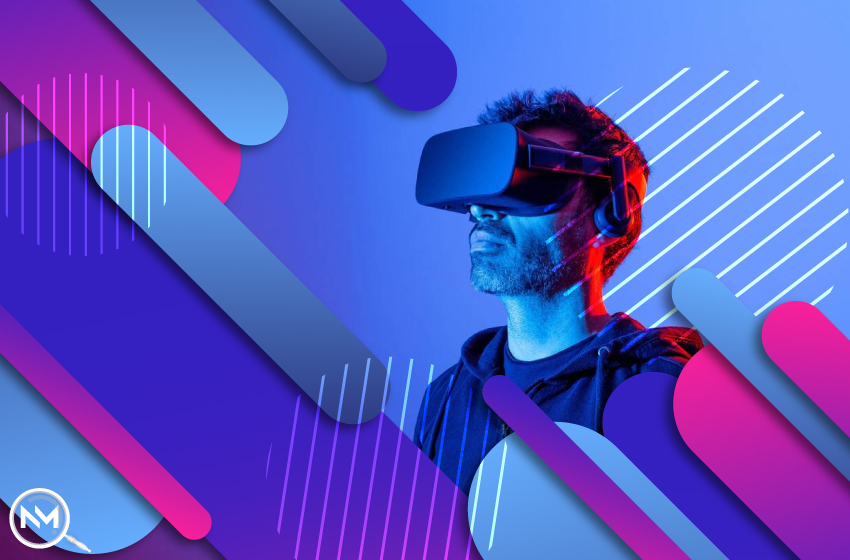
Important Uses Of Virtual Reality In Our Daily Lives
- New Innovation & Researches Technology
 Sophia Silva
Sophia Silva- July 16, 2022
- 0
- 21 minutes read
VR (Virtual Reality) is no longer just science fiction. It is now a part of your present day reality. In fact, some industries have already had a taste of the latest technology and are enjoying the advantages that it offers. There are various uses of virtual reality that are inseparable. In this guide, we are going to have a look at those uses.
VR provides a controlled environment for replicating real life cases with little to zero risk for the individual in it. Forward thinking companies are taking advantage of virtual experiences to do things more than to just entertain. They are customizing items, training new users, and many more. Let us now learn about the various uses of virtual reality.
The Idea Of Virtual Reality
Let us now have a look at what is virtual reality. Virtual reality is an imitation experience that can happen anywhere across the globe. Most individuals these days are used to VR headsets that fit over the head of one and can be worn like goggles or glasses.
Oculus Rift and Samsung Gear VR maintain some of the most famous and expensive VR headsets. These links to virtual experiences that can be availed through smart devices or video game consoles.
Other virtual reality experiences involve multi-projected scenarios that involve over heightened senses such as touch, which is similar to what you would expect from a 4D production. With VR headsets at least, you will be able to have a complete 360° experience. Those using VR have the potential to look around an artificial space and with the ideal complementary devices, they may be able to walk around and manipulate that space as well. This article will talk about what is virtual reality and its applications. Let us now have a look at the 10 applications of virtual reality.
10 Uses Of Virtual Reality In Our Regular Lives
The precise history of virtual reality is unfamiliar but it has been a topic of conversation for centuries. However, it is only lately that technology has developed to change fantasy into reality. With that let us have a look at the various uses of virtual reality.
Healthcare

The most crucial way VR is modernizing healthcare is via training. VR facilitates an ecospace to learn and evolve outside in real-world situations. Along with VR, specialists who are required to perform very precise functions can practice without being in the middle of an emergency.
And practitioners who require to get familiar with the hospital ecospace can do so without the extra stress associated. The technology is also being utilized in cognitive behavior therapy where patients along with anxieties and phobias work via their issues in a controlled environment.
82 percent of healthcare professionals agree that VR formulates an easy way of learning and accessing information for medical students and practitioning healthcare professionals. The primary drivers of evolving adoption of VR in healthcare include:
- Extreme demand for quality healthcare services.
- Need to reduce healthcare costs.
- The increased role of connected devices in the healthcare sector.
Entertainment
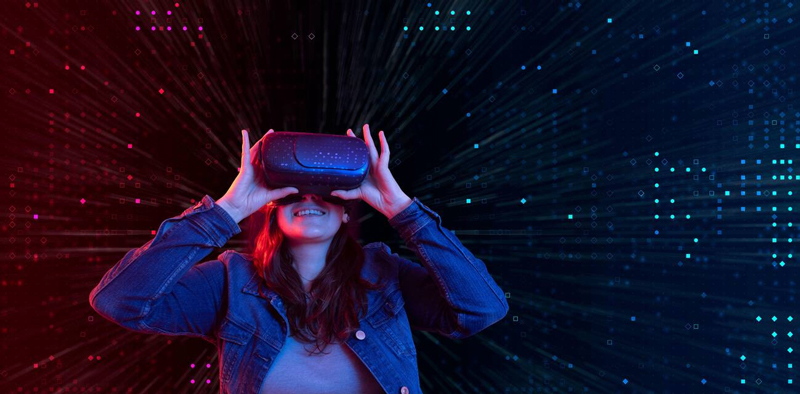
The entertainment sector was one of the first to include VR and still stays one of the strongest instances of how it can be used. If you look at console gaming and/or online, you will see that virtual reality has a strong presence in this sector.
Similarly, VR is being presented to cinemas and theme parks to boost movies, such as adventures, and allow people to experience their favorite cinematographic masterpieces.
- The use of VR in museums and historical places have been used to a great extent. Interactive displays create a big part of various exhibitions and specifically appeal to children. The VR technology makes attracting children easy.
- Immersive 3D experience enables students to manipulate digital objects and experience whatever they are learning firsthand. Everything began with a pencil that was used to write books. And then teachers started to use blackboards to enhance the efficiency of class. And finally, we have the potential to answer any question we have via the device that is in our pocket.
- The three latest productions are illustrated to use VR technologies not to boost reality but to attain engagement of the audience. This is illustrated as immersing the players via engaging storytelling.
- It is time to get ready with goggles in the theme park. VR entertainment along with its computer generated sounds and sights that surround users soon will transport theme park goers to places impossible to build. VR can create spaces that are too fantastical or elaborate to build in real life and are perilous and scary. It also offers you characters that are really paranormal or supernatural which at times cannot be done physically by us.
Automotive

VR allows car manufacturers to evaluate road scenarios and the behavior of cars. The simulated scenarios enable them to evaluate and make alterations to the prototypes prior to developing a new model.
VR is broadly used in the development of smart cars that will flood the space in the future. Cars learn how to turn, drive, and stop using AI (artificial intelligence) and VR (virtual reality).
A showcased virtualized car is a detailed and complete replica of the physical structure. Still, certain elements such as the color of the exterior, or the material of the interior can be modified by the customer easily. Use scenarios include:
- Remote immersive tours.
- Virtual test drive.
Education

Even though education is thought to be a rather slow sector to pick up new technologies and trends, VR has already offered a lot of promise.
For adults, it implies that any sector can offer professional training to their employees. But for younger students, virtual reality is part of field trips, educational games, and in general experiencing the space.
The uses of virtual reality in education can be enhanced by offering students with immersive and memorable experiences that would otherwise not be possible. What is more, it can all happen within the classroom. Virtual reality is accessible to each student and can be conveniently monitored by teachers. VR has the potential to engage and inspire students in a unique and powerful way.
Space & Military
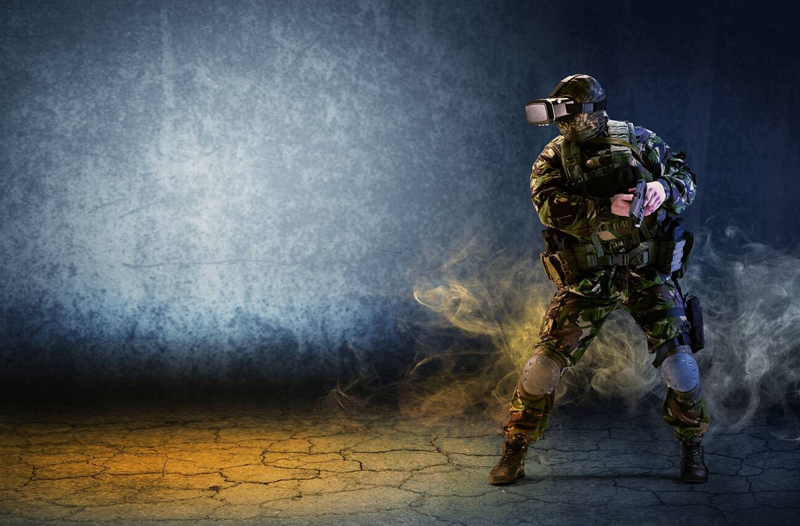
Provided that these two sectors have to function in rather dangerous ecosystems that cannot be accessed easily, VR offers conditions for making things as near to reality as possible for the purpose of training.
VR allows trainees to go through a preparation with very little risk and helps soldiers suffering from battlefield trauma to overcome these scenarios and prepare for unexpected or new situations. Here are the ways by which virtual reality is transforming military training:
- Situational Awareness: VR training is an ideal way to give military personnel the opportunity to learn important skills to survive high pressure, diverse environments, and danger.
- Activity Based Training: As VR training can also mix haptic technology, it offers a great tool for activities associated with training like weapon handling along with practicing potentially life threatening actions like parachute jumps.
Architecture

Using virtual reality, architecture can not only view what they are constructing but understand how it feels also. This enables them to experience the space before it is constructed and make real time alterations to deliver customer satisfaction.
VR has been around in some format for decades, but the technology has been elastic or developed enough to have broad applications until now. With advances in mobile technology, which places high resolution imagery into everyone’s hands, virtual reality has experienced an explosion in the last two years. Broadly available HMDs (head mounted displays) like Oculus Rift, HTC Vive, Samsung Gear VR, Google Cardboard, and Microsoft HoloLens have got this technology into the mainstream and have made it more affordable.
Digital Marketing

While most individuals do not like commercials, experiencing the use of product close up can really be an interesting and enlightening experience. There are many uses of virtual reality in digital marketing.
- VR marketing enables companies to bridge the gap between action and experience. You can use virtual reality to provide a digital experience in place of a physical one, which can promote services and products.
- As well as promoting prevailing products, you can also employ VR to portray development. This will help to get users invested in what you are formulating along with giving you a source of feedback.
- Most crucially, VR alters the dynamics between consumers and brands. Rather than utilizing blockers or clicking out of advertisements as fast as possible, people seek out VR brand experiences. Here, your users come to you, rather than requiring you to attract them.
Occupational Safety
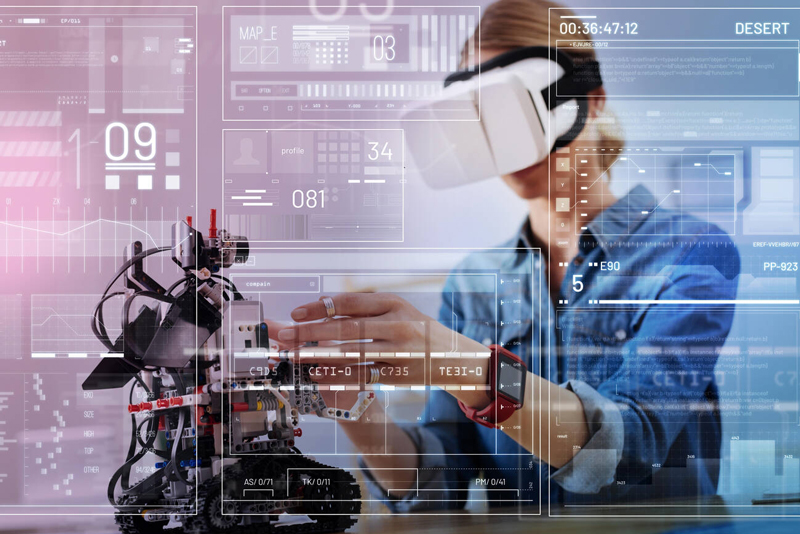
Occupational safety and health (OSH) is an issue for workplaces along with natural or machinery hazards. These workplace dangers can be addressed in a simulated environment so workers can learn how to respond to them effectively without being hurt.
Ensuring manufacturing workplace safety becomes an evolving priority in the sector today. As sophisticated as manufacturing facilities have become, they are filled with heavy equipment, hazardous substances, and vehicle chemicals, which can impact the well being and productivity of the workers.
VR (virtual reality) technology introduces a completely new dimension to workplace safety by enabling manufacturers to validate decisions in an immersive 3D virtual space prior to implementing them. Examples of virtual reality, allowed Ford to decrease production line injuries by 70%.
Social Science and Psychology
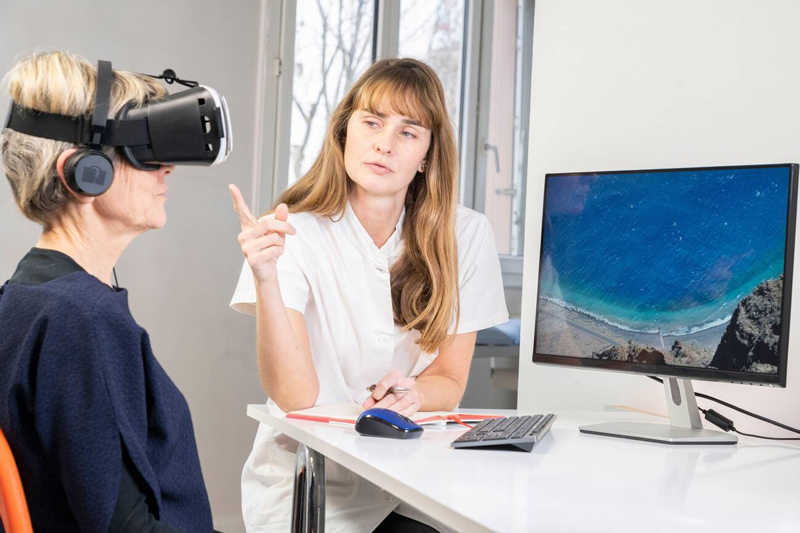
Much of this sector depends on virtual reality so that a patient can embody someone else and think of reality from a varied perspective or global view. Immersive environments can leave a positive effect on future social interactions.
The latest proliferation of available VR (virtual reality) tools has witnessed raised use in psychological research. This is because of the number of benefits afforded more than traditional experimental apparatus like tighter control of the environment and the chance of formulating more ecologically valid stimulus presentation and also response protocol.
Tourism
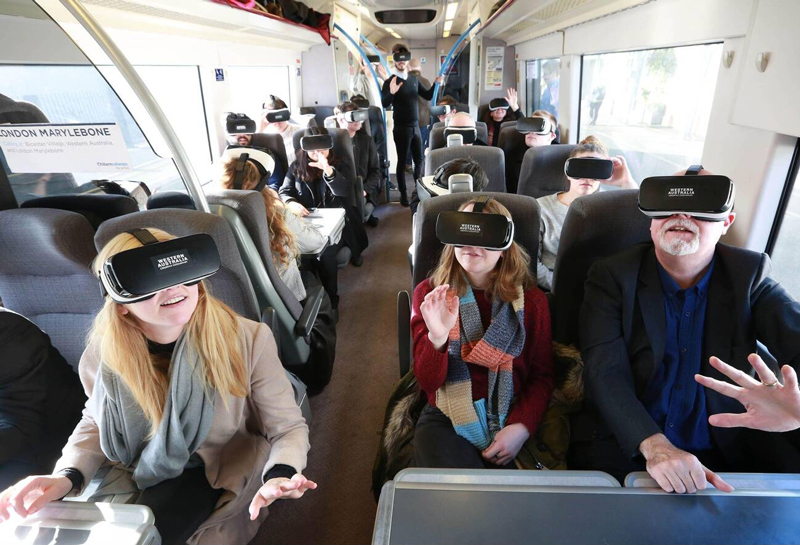
There are various uses of virtual reality in tourism that have started to gain huge popularity in recent times. Let us have a look at the various uses of VR in tourism:
Virtual reality travel experience.
VR travel experience typically implies VR tourism videos made for virtual reality headsets. These virtual travel experiences try to formulate a feeling that is as much similar to being in the real destination as is possible.
Virtual tourism content for social websites or media.
VR hotel tours are generally monoscopic, which implies that they can be viewed on any device involving desktop or mobile. The travels can then be uploaded to social media and websites for prospective clients to see at any time.
Virtual hotel tours.
Virtual hotel tours enable users to explore a hotel and also its grounds in a much more immersive way in comparison to ever before. Just as virtual tours are changing the real estate sector, they are also having a big impact on the hotel sector.
VR travel tours can also be formulated for a broad range of travel destinations and also landmarks. VR tours of famous tourism destinations can be produced to offer the user a taste of what it is like to be there.
Programming Languages Used In Virtual Reality
When it is about the intersection of hardware and software that is associated with making technology such as virtual reality, not all programming languages will suffice. Now that you know the various uses of virtual reality, let us have a look at the various programming languages that are used in VR.
C#
C# is a general purpose, multi paradigm language. Its most famous usage is as part of the Microsoft.NET framework which has several development tools. This involves the cross platform mobile development structure known as Xamarin and the game engine Unity.
C++
C++ is an extension of C, a famous middle-level programming language. Middle-level languages, involving C++ naturally, have the advantage of low-level memory manipulation making them more viable to operate closely along with hardware.
Java
Java is an object-oriented, general-purpose programming language along with a quarter of a century of years behind it. The low-level aspects of the language, somewhat replicating the memory management in languages such as C++ and C#, and its large set of built-in libraries make Java an efficient language for creating VR environments.
JavaScript
JavaScript first received its popularity by being among the initial languages to enable dynamic web development. Most web browsers depend on JavaScript, making the language ideal for WebXR Device API, an exchange allowing VR via your browser.
Python
The initial four languages are the basic picks for VR development. But Python deserves an honorary note. Python is pretty straightforward and will boost development projects, mainly those using VR. The language also comes completely equipped with various packages that can aid in the construction of virtual reality applications.
Conclusion
In this article, we have covered almost all the uses of virtual reality and also the programming languages that are used in VR. Now you have an idea about the niches where VR is used and if you want to be a part of this technology, you can easily choose the one that is ideal for you.

